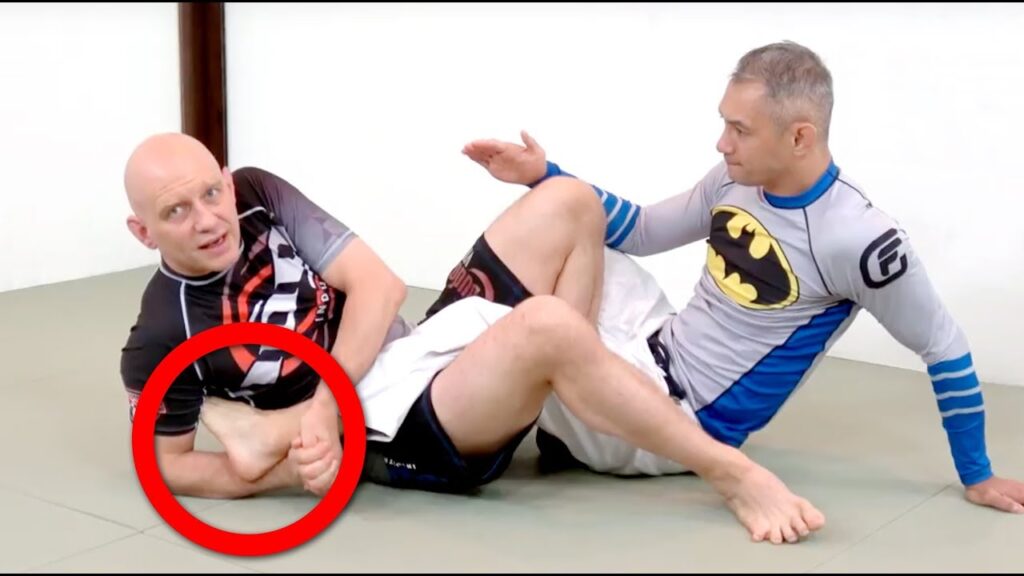The heel hook is a highly effective submission technique used in Brazilian Jiu-Jitsu (BJJ) and other grappling arts. However, it’s also one of the most dangerous submissions and can cause serious injuries if not performed correctly. In this article, we’ll discuss the mechanics of the heel hook, its potential dangers, and how to approach it safely.
Mechanics of the Heel Hook
The heel hook is a submission hold that applies pressure to the knee joint. It involves manipulating your opponent’s leg so that their heel is hooked under your armpit while your other hand controls their foot. You then use your hips and legs to torque the knee joint, causing your opponent to tap out.
Applying the Heel Hook
To apply the heel hook, you first need to secure the leg of your opponent. This can be done by either attacking from a standing position or from the ground. Once you have secured the leg, you’ll need to isolate the foot and apply pressure to the heel. This can be done by using your hips and legs to create a twisting motion.
Countering the Heel Hook
If you find yourself in a heel hook, there are a few things you can do to try to counter the technique. The first step is to try to escape the position by getting your foot out of your opponent’s armpit. If this is not possible, you can try to roll or spin out of the technique. It’s important to note that the heel hook is a powerful submission hold, so prevention is key.
Potential Risks of the Heel Hook
The heel hook is considered a dangerous technique because of the potential for injury to the knee joint. If applied with too much force or improperly, the heel hook can cause significant damage to the ligaments and tendons in the knee. It’s important to train this technique under the supervision of a qualified instructor and to use caution when applying it in training.
When to Use the Heel Hook
The heel hook is a high-risk, high-reward technique. It should only be used in situations where it is necessary to submit your opponent quickly, such as in competition. In training, it’s important to focus on learning the mechanics of the technique and practicing it safely with a partner who understands the risks involved.
Conclusion
The heel hook is a powerful submission technique in Brazilian Jiu-Jitsu that can be effective when used correctly. However, it is also a potentially dangerous technique that requires caution and proper training. By understanding the mechanics, risks, and proper application of the heel hook, you can incorporate it into your BJJ arsenal and use it safely and effectively in competition or self-defense situations.
Hey there! Just a heads up that some of the links in this post are affiliate links, which means that if you click on them and make a purchase, I may earn a commission. But don’t worry, it won’t cost you anything extra – in fact, you might even get a sweet deal! Plus, every purchase made through one of these links helps support my blog and keep the content coming. So, if you do decide to make a purchase, thank you so much for your support – it means the world to me!
All the best,
Will








Pingback: Unlocking the Power of Leg Locks: Essential Techniques for BJJ Fighters – Jiu Jitsu Hub